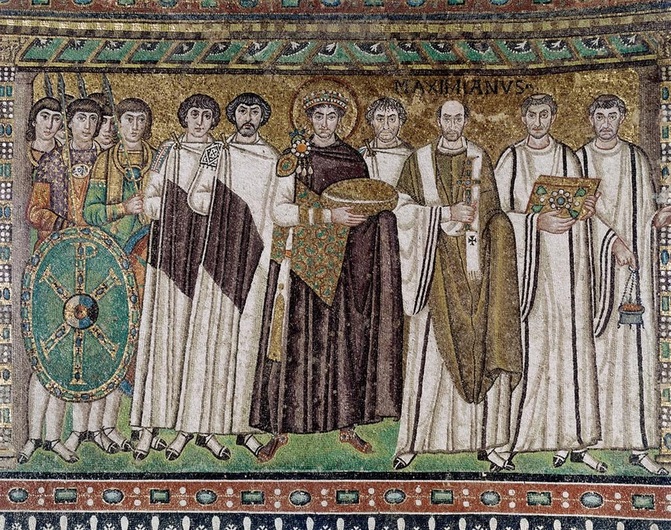
PHOTO: popesandemperors.com
You don’t have to look much further than a piece of Medieval art to know that it was vastly different from our own. Clothes were different, the food was terrible, people feared the Black Plague or bandits or Viking raiders or their own government in turns. It was a pretty difficult time to be alive.
One thing that Medieval villagers may have gotten right, though, was how they walked. It wasn’t by virtue of their own knowledge of anatomy, however. It had to do more with their footwear.
These days, most people walk from heel to toe. In the Medieval times, that would have been all wrong. As the video below points out, few people wore well-made shoes. Shoes were nothing more than leather socks, and people had to tread much more carefully than we do today. These days, we have wooden or rubber soles to protect our feet from wasps or slugs or the odd sharp rock, and we often walk on paved streets anyway.
The video records Roland Warzecha, who works in Germany’s History Park Barnau, a living museum that details life between the 9th and 13th centuries in Europe. Warzecha runs a martial arts school himself in Hamburg that specializes in historical European swordsmanship.
https://youtu.be/EszwYNvvCjQ
As Warzecha explains, in Medieval times, people had to be much more careful about where and how they stepped. As such, they had a completely different gait that was based much more on the balls of the feet. This allows you to feel out potential dangers and obstacles before completely bearing your bodyweight on that foot…and possibly on a snake or hidden rock.
In the modern era, people who walk barefoot still walk this way outside. It’s the “natural way”, Warzecha says, and has less impact on your skeleton. Some runners use this “forefoot running” technique to cut down on knee injuries.
People continued to walk on their forefoot up until around AD 1500, when large cities began to be built and paved roads and structured shoes were widely used, allowing people to be less careful about where and how they walked.

